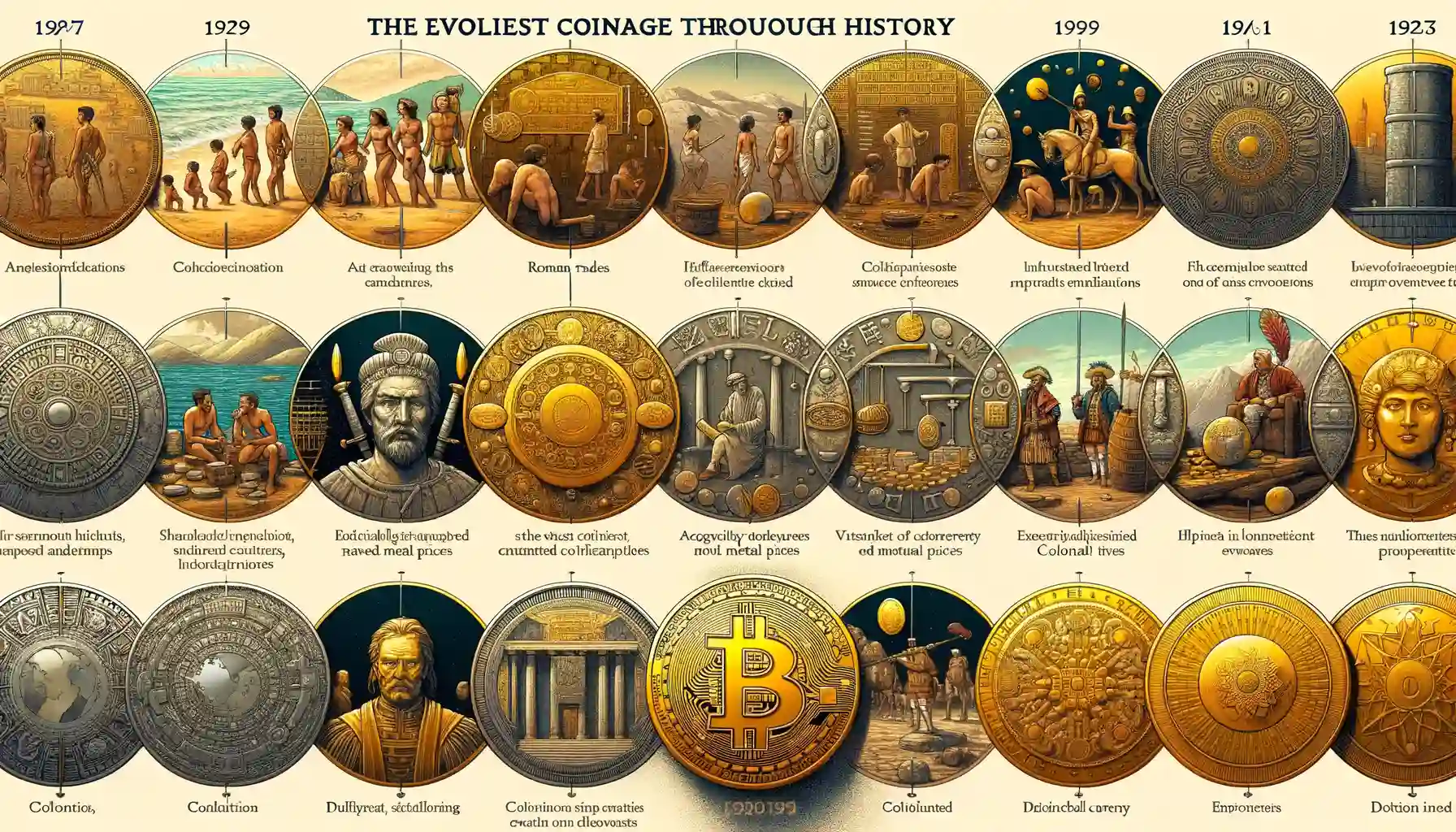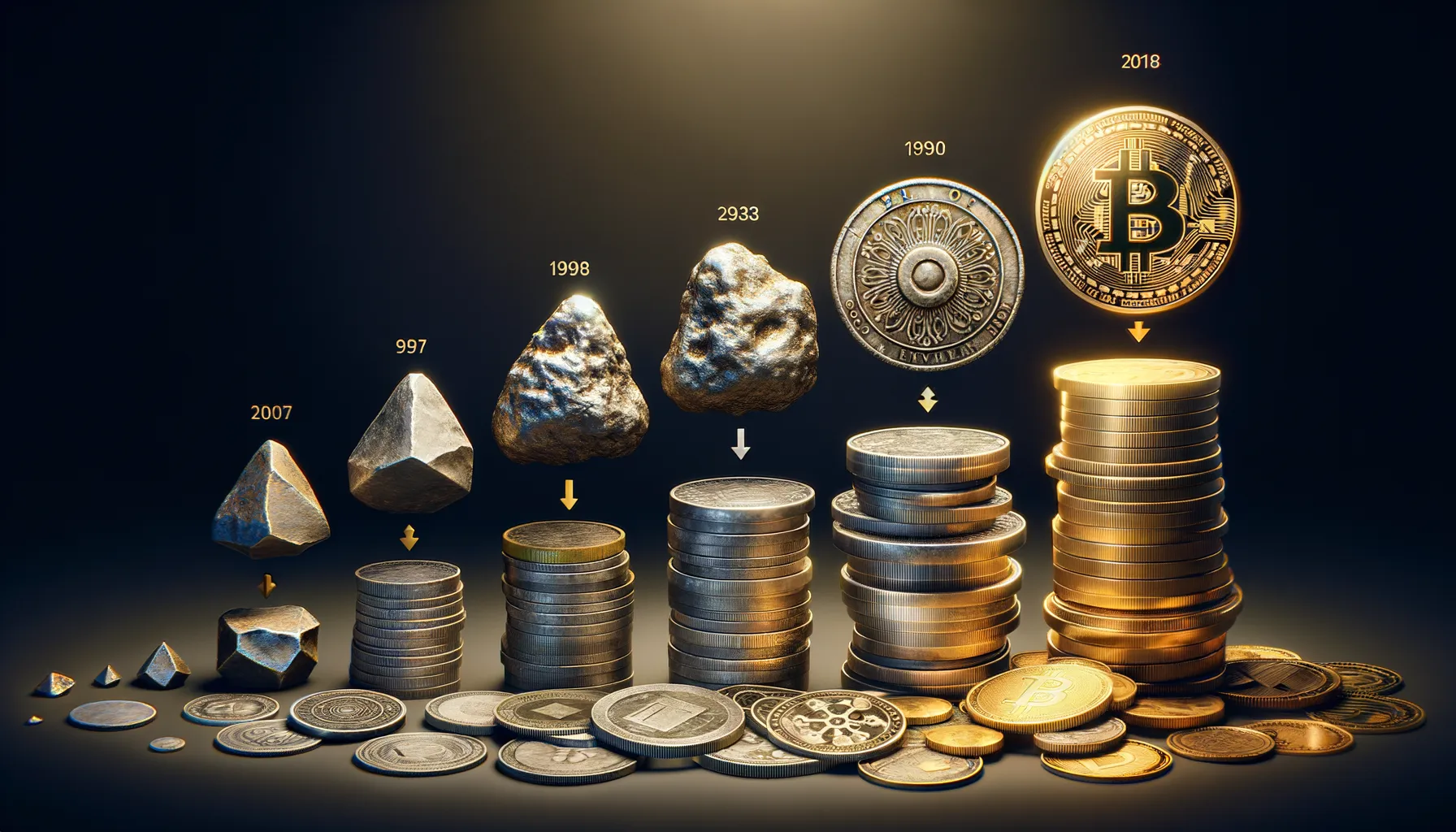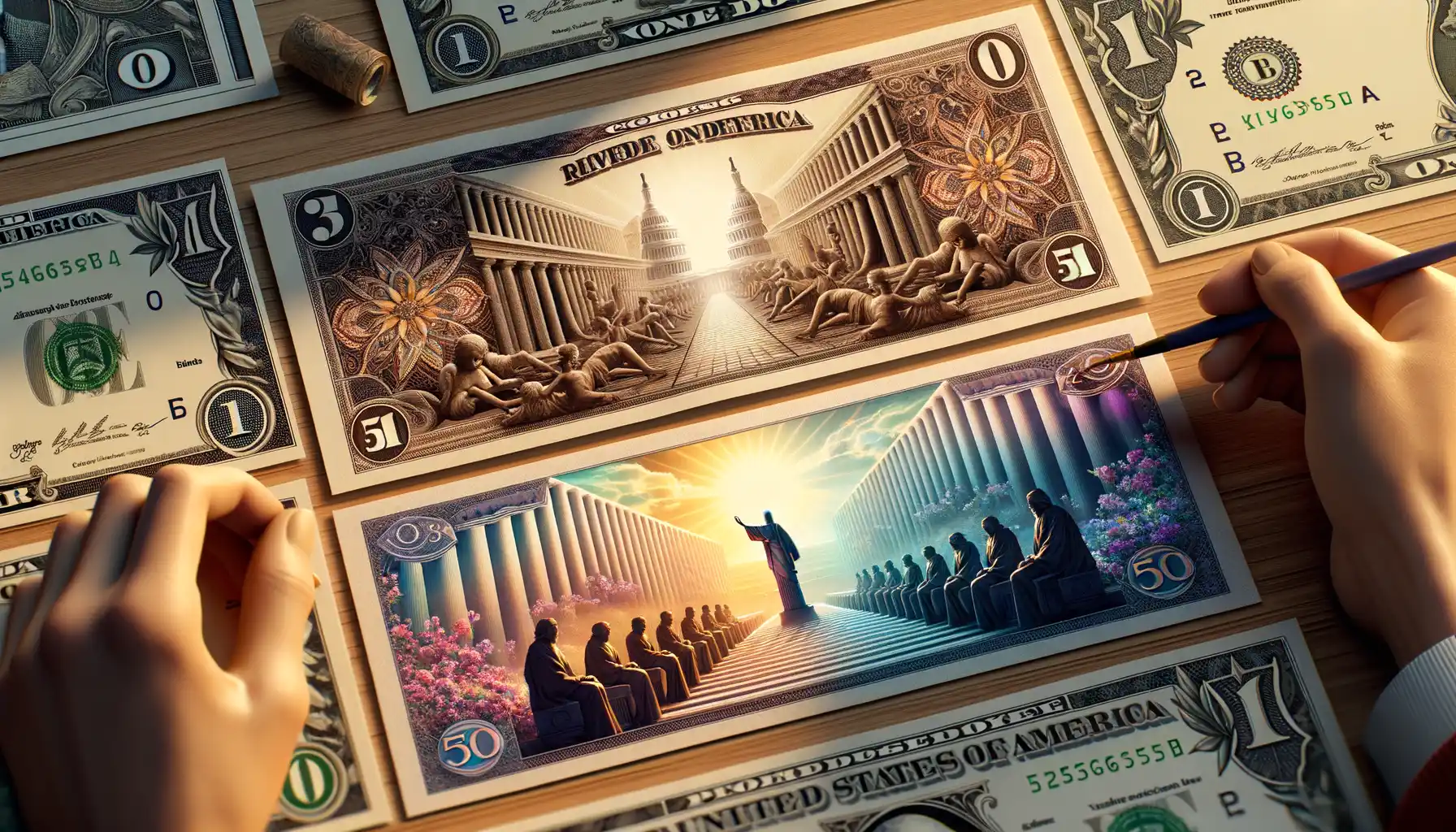Introduction to Coinage and Historical Significance
Have you ever held an old coin and wondered what stories it could tell? Every scratch, every mark on its surface whispers tales of empires risen and fallen, of bustling markets, and the hands—both noble and humble—that passed it along. Coins are more than just cold, hard cash; they’re tiny time capsules, reflecting the soul of the era that created them.
Why Coins Matter More Than You Think
When coins first appeared, they were revolutionary. Imagine a vast marketplace thousands of years ago where trade relied on bartering—a cow might be worth three sheep, but what if you only needed one sheep? Enter the coin: small, portable, and imbued with a universal value. Suddenly, commerce wasn’t about guesswork; it was precise, efficient, and infinitely more convenient.
But coins weren’t just transactional tools. They became messengers, carrying the ideals of rulers and nations across borders. Here’s why they mattered:
- Authority and Power: Many ancient coins bore the faces of monarchs, reminding citizens who held the reins.
- Artistic Expression: Intricate designs transformed currency into miniature works of art.
- Historical Record: From Roman emperors to revolutionary battles, coins immortalized significant events.
The Emotional Pull of Ancient Metal
Hold a coin from centuries ago, and you’re not just touching metal—you’re touching history. A tarnished bronze piece might recall a farmer paying taxes in ancient Greece. A gleaming silver drachma could conjure images of sailors lining their pockets before embarking on treacherous voyages. This human connection to the past is what makes numismatics (coin collecting) so irresistible to many.
Next time you see a coin, pause for a moment. It might seem like just spare change, but it’s also a story, art, and history rolled into one humble circle of metal.
Key Historical Events That Influenced Coinage

The Ripple Effects of Political Upheavals
It’s no exaggeration to say that coins have often been silent witnesses to history’s most thunderous moments. Take the fall of the mighty Roman Empire. As chaos seeped through its borders, coins began to shrink in size and value—literally deflating alongside the crumbling empire. Imagine holding a Roman denarius in your hand, its weight and purity whispering tales of a civilization in decline.
Or fast-forward to the French Revolution—an era of guillotines and radical change. With monarchies toppling and ideals of liberty surging, coinage was no exception to transformation. Out went the royal portraits, replaced by fiery symbols of freedom like the Phrygian cap. These weren’t just coins; they were pocket-sized manifestos for revolutionaries.
- American Independence: Breaking free from England meant not just new governance, but also the birth of the U.S. dollar—an act as symbolic as the Declaration itself.
- World War II: Metals once used for coins were diverted to the war effort, leading to coins made of unusual materials like zinc-coated steel.
Coins, in these eras, became more than currency—they were mirrors reflecting seismic shifts in power, culture, and ideology.
Technology and Economics in Coin Evolution

The Dance Between Innovation and Coin Design
Imagine holding a coin minted centuries ago—a tangible slice of history. But behind that metallic glimmer lies a silent narrative of advancement and necessity. As technology leapt forward, coins evolved, reflecting not just economics but the human drive to experiment and improve.
Take, for instance, the rise of steam-powered presses in the Industrial Revolution. What once took hours of human effort was suddenly a game of seconds. Coins that used to bear uneven edges and blurred designs grew sharper, more intricate. A simple penny became a masterpiece. It’s as though technology whispered to nations: “Show the world who you are—down to the finest detail.”
And let’s talk materials. Gold and silver dominated early economies, cherished for their scarcity. But as commerce expanded, it begged an important question: how can currency keep up? The 20th century introduced metals like nickel and zinc, chosen for their durability and cost-efficiency. Modern coins became economic survivors, weathering the storm of inflation and trade shifts.
- Steam presses gave coins razor-sharp precision.
- New alloys balanced value with practicality.
- Mass production fueled rising global economies.
With every technological leap, coins transformed—not just in their look, but in what they symbolized: progress itself in your pocket.
Cultural and Political Impacts on Currency Design

The Stories Behind Symbols on Coins
Every coin tells a story, doesn’t it? They’re tiny works of art, yet each one carries the weight of a nation’s identity. From the intricate patterns to the figures immortalized in metal, currency design often reflects the cultural and political pulse of its time. Think about it: why do some coins feature beloved poets while others flaunt intimidating leaders? It’s no accident.
When you hold a coin minted during wartime, for instance, you might see bold eagles or shields—symbols of strength and resilience. Contrast that with peace-time designs featuring olive branches or serene landscapes—it’s practically a mood ring for history! And let’s not forget how colonization left its mark. Many nations, post-independence, deliberately replaced symbols of their oppressors with local heroes, indigenous motifs, or national emblems, flipping the narrative with one striking image.
- In 1967, Canada introduced its iconic Centennial coins showcasing native animals like the howling wolf—talk about celebrating heritage!
- In contrast, Roman emperors splashed their own faces on coins to remind everyone who held the power.
The Political Power of Coin Imagery
Coins aren’t just pocket change—they’re propaganda tools too. Take the Soviet Union: rubles bore images of workers and farmers, hammer in hand, painting an idealized picture of a collective utopia. Meanwhile, during revolutions, new governments often rushed to create coins to assert legitimacy. After all, a freshly minted coin speaks louder than any manifesto.
And don’t underestimate subtlety. Some United States coins feature the eye of providence—an enduring nod to Freemasonry’s influence. Or consider how monarchs on British pounds still face the public like they’ve never left their throne. Each detail whispers—sometimes shouts—a message. Are you listening?
Conclusion and Legacy of Historical Events on Coinage

Shaping History Through the Faces of Coins
Coins are more than mere metal disks—they’re storytellers, carrying whispers of revolutions, triumphs, and defeats. Every design etched into their surface reflects not just wealth, but identity. Take, for instance, the bold imagery of a lion roaring on ancient Persian coins. It wasn’t just art; it was a statement of power, a way of saying, “We rule here.”
Fast forward to 20th-century Europe, where post-World War II coins began to shed regal faces in favor of emblems representing unity and hope. These weren’t just adornments; they mirrored the collective dreams of nations rebuilding themselves. Think about how evocative that is—a currency embodying resilience.
- The American “Mercury” dime, minted during World War I, depicted liberty with wings, an optimistic nod to freedom taking flight.
- Post-colonial Africa’s coins often incorporated local fauna or tribal motifs, reclaiming cultural pride and sovereignty.
Legacy: Anchors of Memory, Markers of Change
To hold an old coin is to grasp more than metal—it’s touching history’s pulse. Imagine clutching a Roman denarius from the time of Caesar or a battered shilling that passed through soldiers’ hands during wartime. These relics endure as tangible reminders of humanity’s journey. Coins, in their simplicity, outlive borders and politics. They become bridges between eras, silently shouting, “We were here. We mattered.”